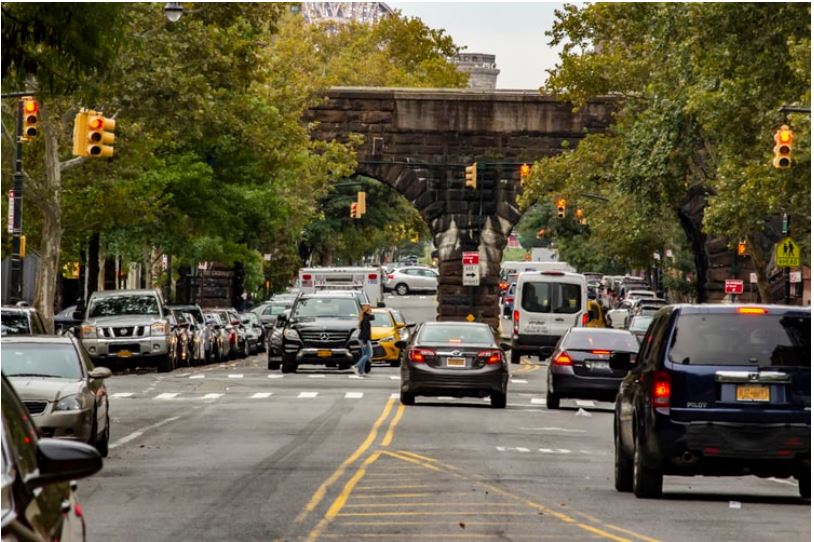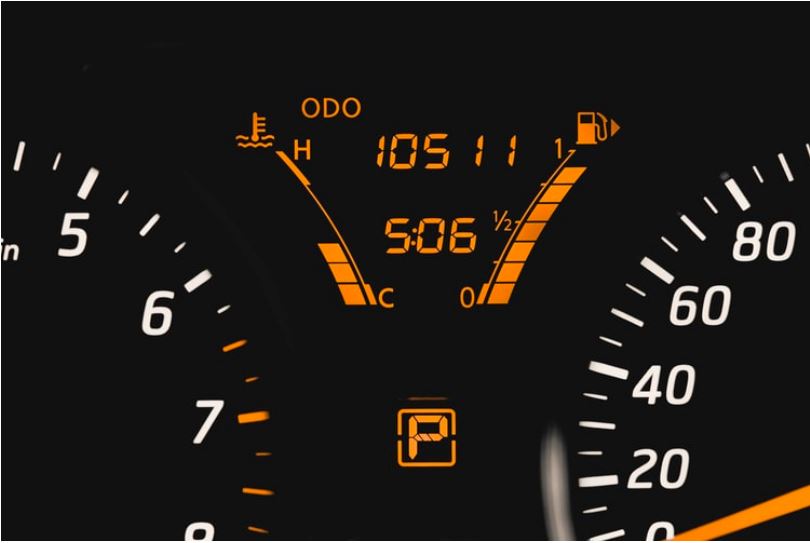Most of us are not driving very much these days. Personally, I have removed two vehicles from my insurance policy.
I am not holding my breath for a refund beyond that from 2 less cars to insure. Whether I drive 50 miles or 50,000 miles a year, the cost of my insurance policy will remain the same. There are no provisions within it to adjust for low or high miles driven. The bottom line is that we are stuck with our contracted payments, unless our respective insurance companies choose to give us a break.
Unless your policy has a Pay As You Drive provision. Your payment is adjusted automatically depending on how many miles you drive. “Benevolent” and “insurance company” should not be used in the same sentence together, but if your policy charges you based on how much you drive there is no choice in the matter-you will get an automatic discount, whether your insurance company feels like giving it to you or not.
This may be another reason for auto insurance companies not include such provisions in their policies. The collision rates over the past few months have dropped dramatically providing auto insurance companies with a huge windfall-one in which they have no legal obligation to pay refunds simply because we are not driving much. Of course, they played no part in causing the global pandemic but through these circumstances are positioned to profit handsomely from it.
Pay as you drive has several names: PAYD, Usage based insurance, or UBI, and a few others. It helps you reduce auto insurance costs by basing a significant percentage of y9ou premium on the miles you drive, as well as several other benefits. Such as making insurance fraud harder to get away with. The big one is helping to keep young drivers accountable by monitoring their driving behavior by transmitting what they are dong behind the wheel directly to your computer or cell phone. Not a young driver? As the owner of the policy, YOU decide what aspects of driving are monitored. As well as who or what organization gets the information. Personally, all I want is my driving distance recorded and nothing else. My teenagers? I will include speed, acceleration and deceleration, and where they are and when the events take place. if (when?) they get out of line there is no doubt in your mind that corrective changes need to be made. Had this technology been available when I was learning to drive, many of my friends that did not survive collisions would be alive today. I recall when a guy I knew rolled his car and killed his girlfriend. The father of the deceased girl called the parents of the driver and called their son a murderer. The guy has had to live with that accusation echoing through his conscience for the last several decades.
In the near future I am hoping I can play a part in providing an insurance policy that provides an automatic discount for low miles driven.
Stay Tuned.
Norman Neher
www.smartcarinsurance.today







